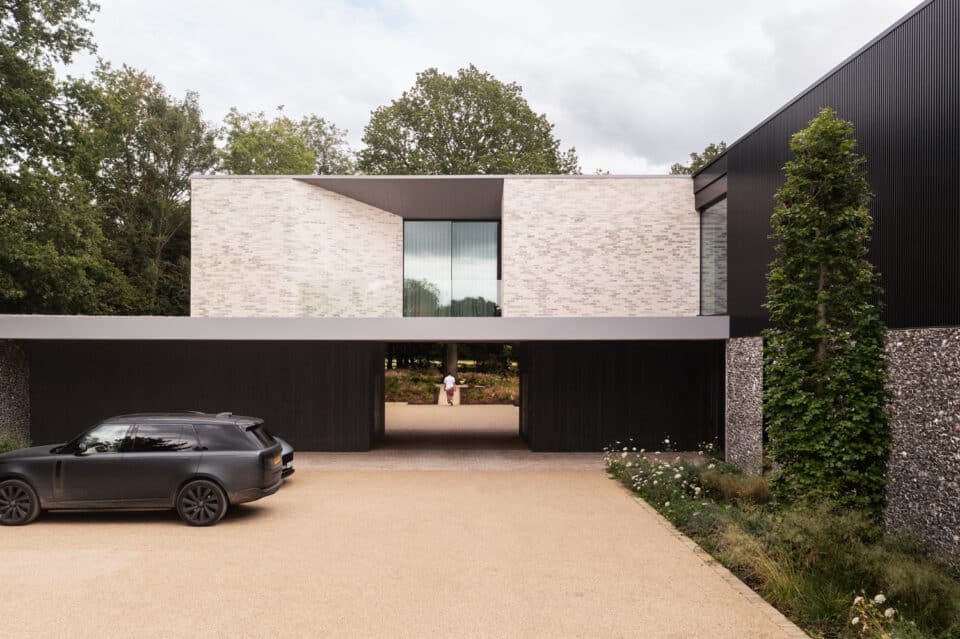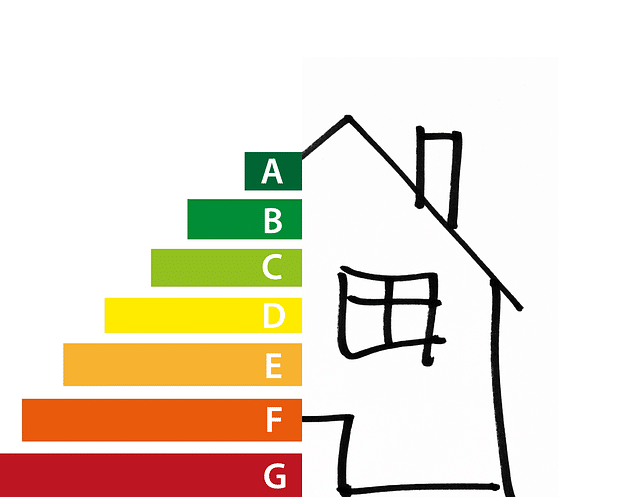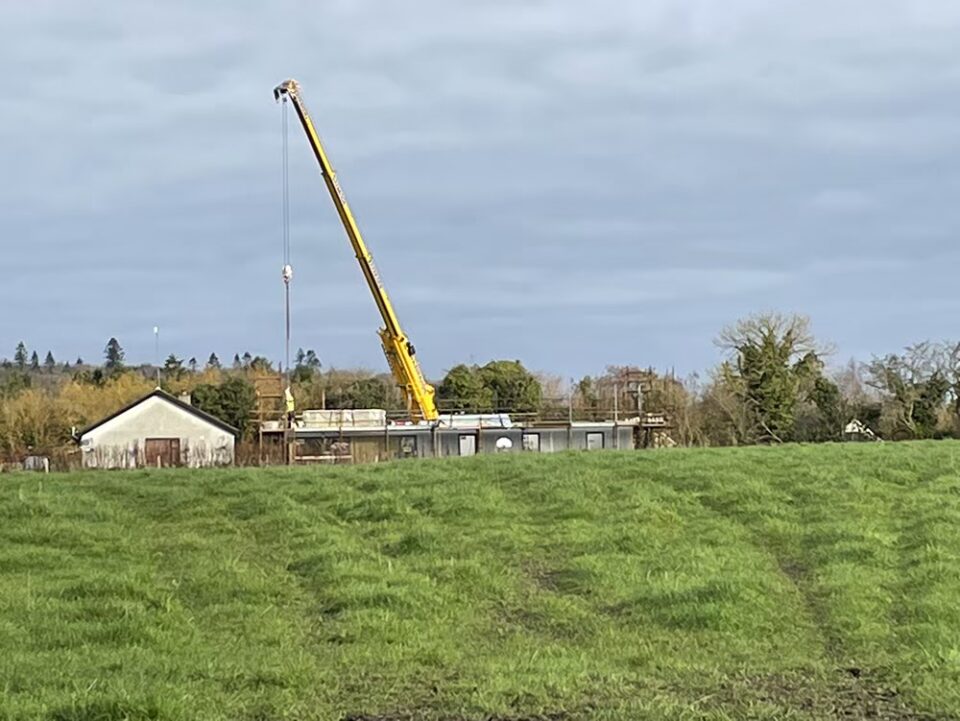In this article, we cover:
- The latest funding allocations for rural group water schemes.
- New potential for self-builders to access water services in rural areas.
- How Measure A5 can support new water connections for remote homes.
- Steps for self-builders to connect with group water schemes in their area.
Self-builders in rural Ireland may have new opportunities to tap into water services with funding from the Multi-annual Rural Water Programme. If you’re building or planning a home in a rural area that’s not covered by Uisce Éireann’s public water supply, this could be a way to get a water connection.
The latest cycle of the programme, run by the Department of Housing, Local Government and Heritage, was launched in January 2024. It supports local group water schemes (GWS), which are community-owned and operated with the aim to improve water infrastructure in rural areas so that communities have a more reliable and efficient water source.
Earlier this year, local authorities teamed up with group water schemes and their main representative body, the National Federation of Group Water Schemes, to apply for funding for different projects.
This funding will help group water schemes keep improving water quality, supply and reliability in rural areas.
How this funding can help your self-build project
The programme’s Measure A5 is especially useful for self-builders. It’s all about expanding piped water to rural areas that aren’t covered by the public supply. This expansion helps support growth in the areas around rural towns and villages and can happen in two ways:
- the extension of existing group water scheme networks, and
- new standalone group water schemes.
By connecting with a group water scheme in your area, you could find ways to access water that weren’t possible before.
Getting started
If you’re considering a rural self-build, your first step should be to reach out to the local GWS. They can let you know what’s possible under this programme – whether it’s an extension of existing water lines or a brand-new connection. The National Federation of Group Water Schemes has a distribution map of all existing GWS.




















